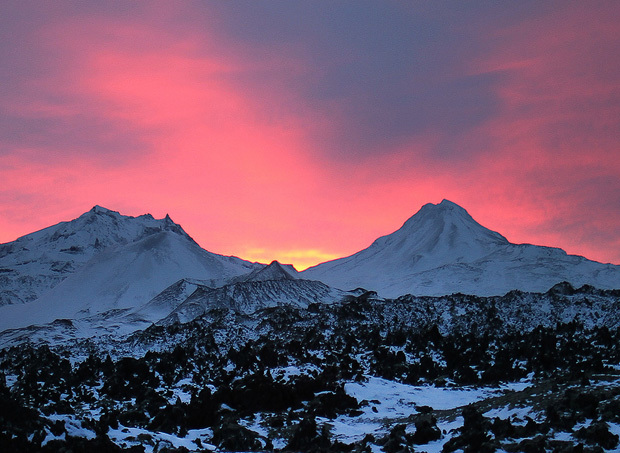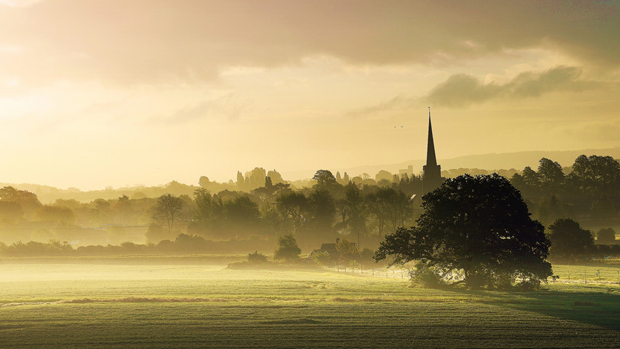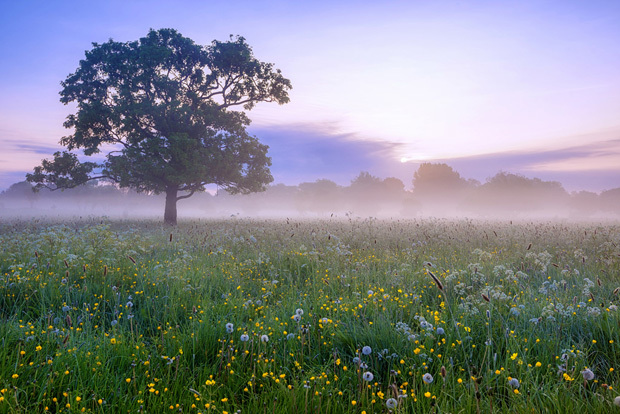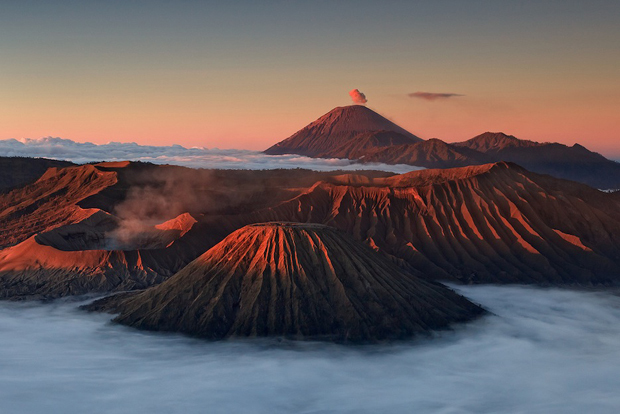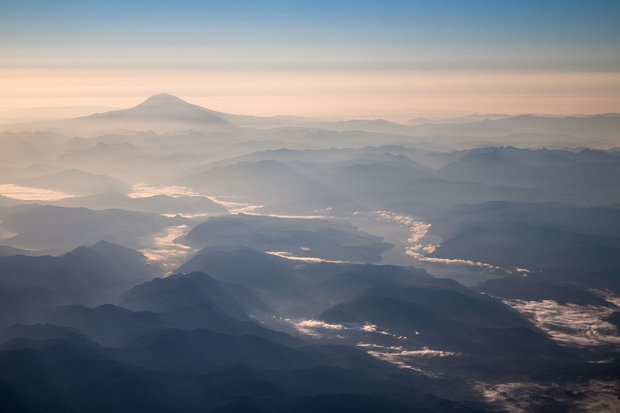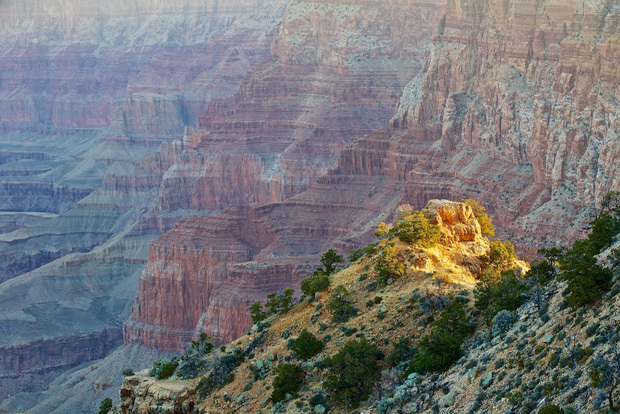Showing posts with label Nice pic. Show all posts
Showing posts with label Nice pic. Show all posts
Wednesday, July 16, 2014
Thursday, July 3, 2014
Beautiful landscapes in the world
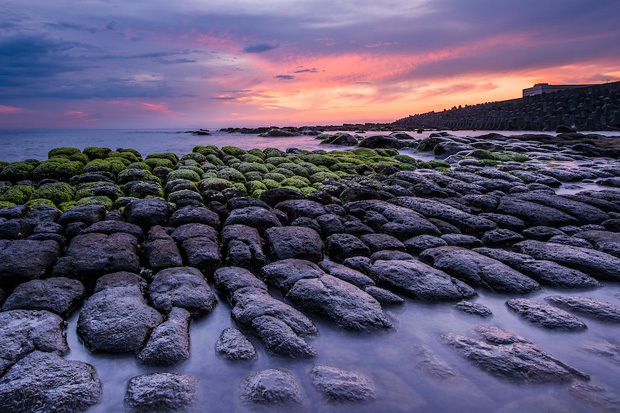 |
Taiwan
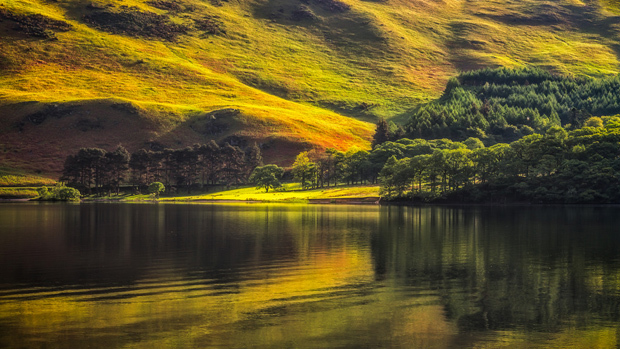
Crummock, England

Dockey, England.
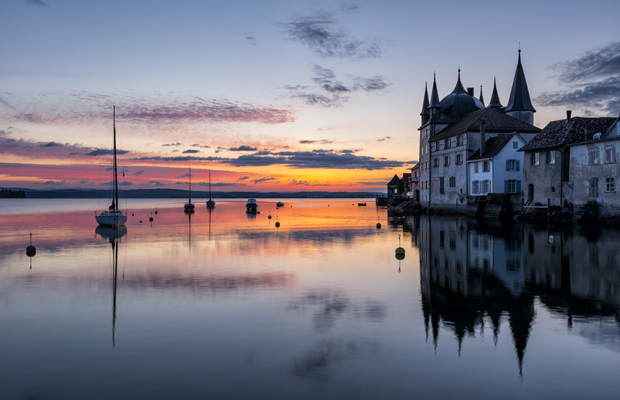
Steckborn, Swetherland
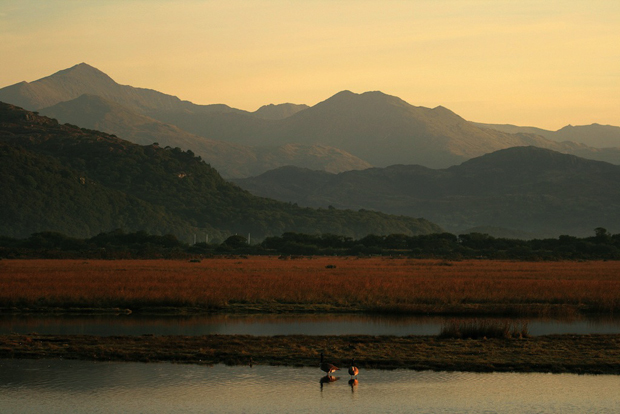
Snowdonia, Wales
Iceland
Carillon tow
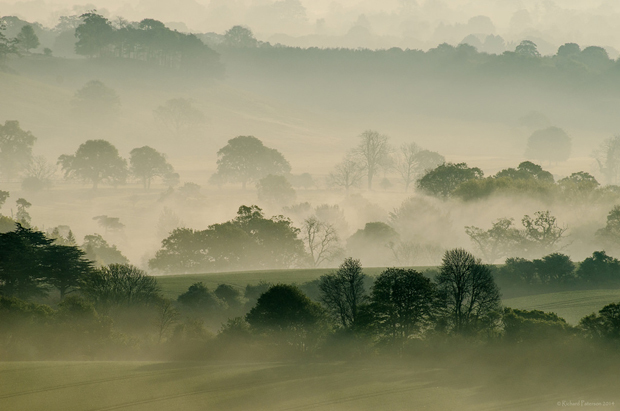
South Downs, England
Gloucestershire, England
Warwickshire, England
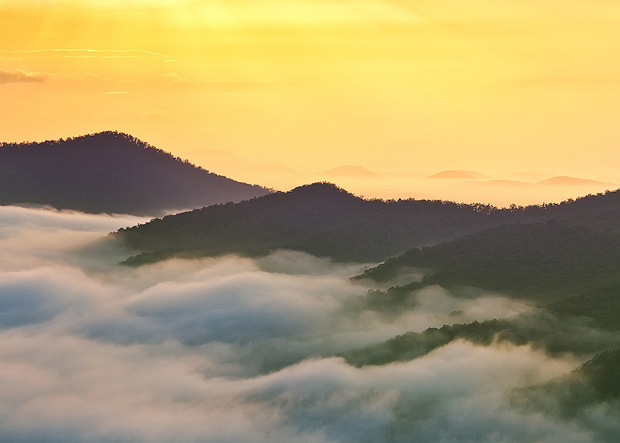
Blue Ridge, Utah
Bromo, Indonesia
California, USA.
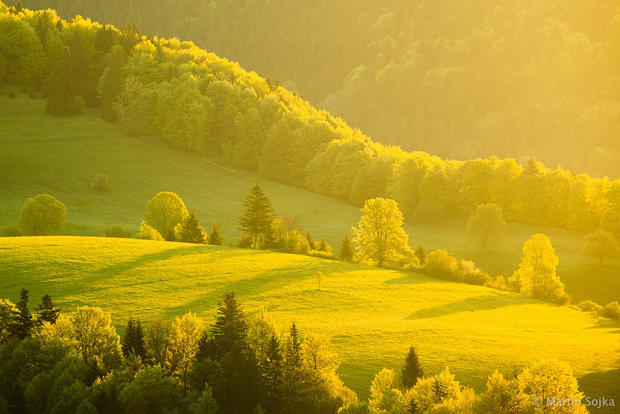
Slovakia
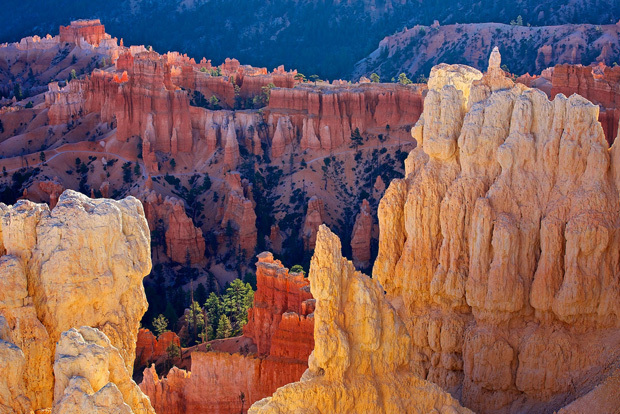
Inspiration Point, Bryce Canyon
Cascade, Washington
Oxbow Ben lake
Grand Canyon
|
Thursday, June 26, 2014
Visit Rio De Janeiro
Corcovado Mountain and Christ Redeemer Statue Half-Day Tour
Rio de Janeiro (/ˈriːoʊ di ʒəˈnɛəroʊ, -deɪ ʒə-/; Portuguese pronunciation: [ˈʁi.u dʒi ʒɐˈnejɾu],[2] January River), commonly referred to as simply Rio,[3] is the capital city of the State of Rio de Janeiro, the second largest city of Brazil, and the third largest metropolitan area and agglomeration in South America. There are approximately 6.3 million people living within the city proper,[4][5] making it the 6th largest in the Americas and 26th in the world.[6] Part of the city has been designated as a World Heritage Site, named "Rio de Janeiro: Carioca Landscapes between the Mountain and the Sea", identified by UNESCO on 1 July 2012 in the category Cultural Landscape.[7]
Founded in 1565, by the Portuguese, the city was initially the seat of the Captaincy of Rio de Janeiro, a captaincy of the Portuguese Empire. It later, in 1793, became the capital of the State of Brazil, a State of the Portuguese Empire. In 1808, when the Portuguese Royal Court transferred itself from Portugal to Brazil, Rio de Janeiro became the chosen seat of the court of Queen Maria I of Portugal, who subsequently, in 1815, under the leadership of her son, the Prince Regent, and future King João VI of Portugal, raised Brazil to the dignity of a kingdom, within the United Kingdom of Portugal, Brazil, and Algarves. Rio stayed the capital of the pluricontinental Lusitanian monarchy until 1822, when the War of Brazilian Independence began. It subsequently served as the capital of the independent monarchy, the Empire of Brazil, until 1889, and then the capital of a republican Brazil until 1960.
Rio de Janeiro represents the second largest GDP in the country[8] (and 30th largest in the world in 2008),[9] estimated at about R$343 billion (IBGE/2008) (nearly US$201 billion), and is headquarters to two of Brazil's major companies—Petrobras and Vale, and major oil companies and telephony in Brazil, besides the largest conglomerate of media and communications companies in Latin America, the Globo Organizations. The home of many universities and institutes, it is the second largest center of research and development in Brazil, accounting for 17% of national scientific production—according to 2005 data.[10]
Rio de Janeiro is one of the most visited cities in the southern hemisphere and is known for its natural settings, carnival celebrations, samba, Bossa Nova, balneario beaches[11] such as Barra da Tijuca, Copacabana, Ipanema, and Leblon. Some of the most famous landmarks in addition to the beaches include the giant statue of Christ the Redeemer ("Cristo Redentor") atop Corcovado mountain, named one of the New Seven Wonders of the World; Sugarloaf mountain (Pão de Açúcar) with its cable car; the Sambódromo, a permanent grandstand-lined parade avenue which is used during Carnival; and Maracanã Stadium, one of the world's largest football stadiums.
Rio de Janeiro will host the 2016 Summer Olympics and the 2016 Summer Paralympics. This will be the first time a South American and Portuguese-speaking nation hosts the event. It will be the third time the Olympics will be held in a Southern Hemisphere city.[12] On 12 August 2012, at the 2012 Summer Olympics closing ceremony, Mayor Eduardo Paes received the Olympic Flag, via Jacques Rogge, from London Mayor Boris Johnson. Rio's Maracanã Stadium, which held the final of the 1950 FIFA World Cup and 2013 FIFA Confederations Cup, will host the final match of the 2014 FIFA World Cup.[13] Rio de Janeiro also hosted the World Youth Journey in 2013.[14]
Rio de Janeiro (/ˈriːoʊ di ʒəˈnɛəroʊ, -deɪ ʒə-/; Portuguese pronunciation: [ˈʁi.u dʒi ʒɐˈnejɾu],[2] January River), commonly referred to as simply Rio,[3] is the capital city of the State of Rio de Janeiro, the second largest city of Brazil, and the third largest metropolitan area and agglomeration in South America. There are approximately 6.3 million people living within the city proper,[4][5] making it the 6th largest in the Americas and 26th in the world.[6] Part of the city has been designated as a World Heritage Site, named "Rio de Janeiro: Carioca Landscapes between the Mountain and the Sea", identified by UNESCO on 1 July 2012 in the category Cultural Landscape.[7]
Founded in 1565, by the Portuguese, the city was initially the seat of the Captaincy of Rio de Janeiro, a captaincy of the Portuguese Empire. It later, in 1793, became the capital of the State of Brazil, a State of the Portuguese Empire. In 1808, when the Portuguese Royal Court transferred itself from Portugal to Brazil, Rio de Janeiro became the chosen seat of the court of Queen Maria I of Portugal, who subsequently, in 1815, under the leadership of her son, the Prince Regent, and future King João VI of Portugal, raised Brazil to the dignity of a kingdom, within the United Kingdom of Portugal, Brazil, and Algarves. Rio stayed the capital of the pluricontinental Lusitanian monarchy until 1822, when the War of Brazilian Independence began. It subsequently served as the capital of the independent monarchy, the Empire of Brazil, until 1889, and then the capital of a republican Brazil until 1960.
Rio de Janeiro represents the second largest GDP in the country[8] (and 30th largest in the world in 2008),[9] estimated at about R$343 billion (IBGE/2008) (nearly US$201 billion), and is headquarters to two of Brazil's major companies—Petrobras and Vale, and major oil companies and telephony in Brazil, besides the largest conglomerate of media and communications companies in Latin America, the Globo Organizations. The home of many universities and institutes, it is the second largest center of research and development in Brazil, accounting for 17% of national scientific production—according to 2005 data.[10]
Rio de Janeiro is one of the most visited cities in the southern hemisphere and is known for its natural settings, carnival celebrations, samba, Bossa Nova, balneario beaches[11] such as Barra da Tijuca, Copacabana, Ipanema, and Leblon. Some of the most famous landmarks in addition to the beaches include the giant statue of Christ the Redeemer ("Cristo Redentor") atop Corcovado mountain, named one of the New Seven Wonders of the World; Sugarloaf mountain (Pão de Açúcar) with its cable car; the Sambódromo, a permanent grandstand-lined parade avenue which is used during Carnival; and Maracanã Stadium, one of the world's largest football stadiums.
Rio de Janeiro will host the 2016 Summer Olympics and the 2016 Summer Paralympics. This will be the first time a South American and Portuguese-speaking nation hosts the event. It will be the third time the Olympics will be held in a Southern Hemisphere city.[12] On 12 August 2012, at the 2012 Summer Olympics closing ceremony, Mayor Eduardo Paes received the Olympic Flag, via Jacques Rogge, from London Mayor Boris Johnson. Rio's Maracanã Stadium, which held the final of the 1950 FIFA World Cup and 2013 FIFA Confederations Cup, will host the final match of the 2014 FIFA World Cup.[13] Rio de Janeiro also hosted the World Youth Journey in 2013.[14]
Wednesday, June 11, 2014
Vietnamese girls cheering football team Germany
Wednesday, May 21, 2014
Subscribe to:
Posts (Atom)












